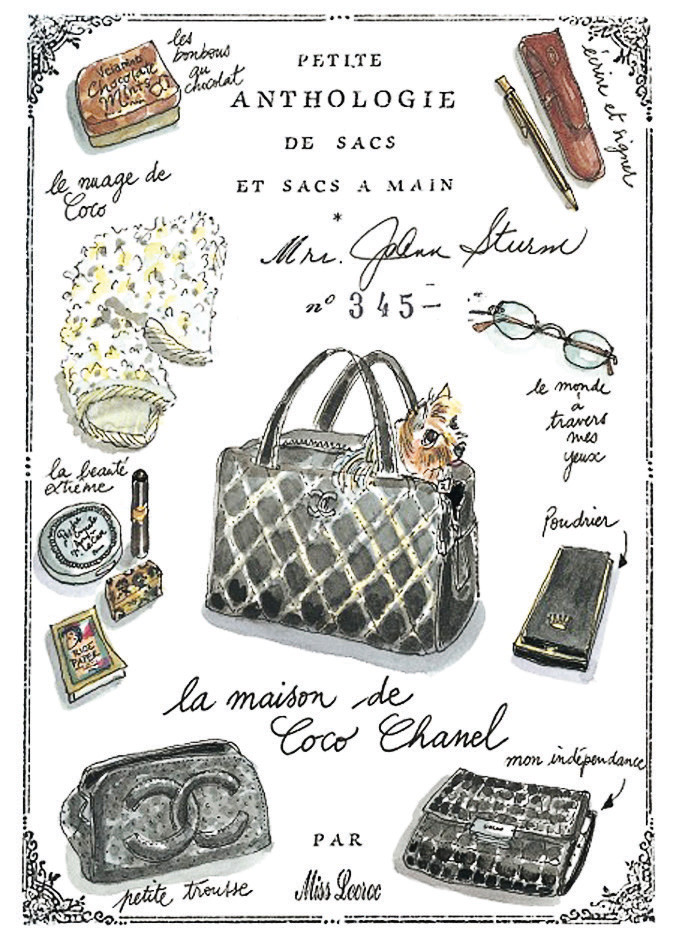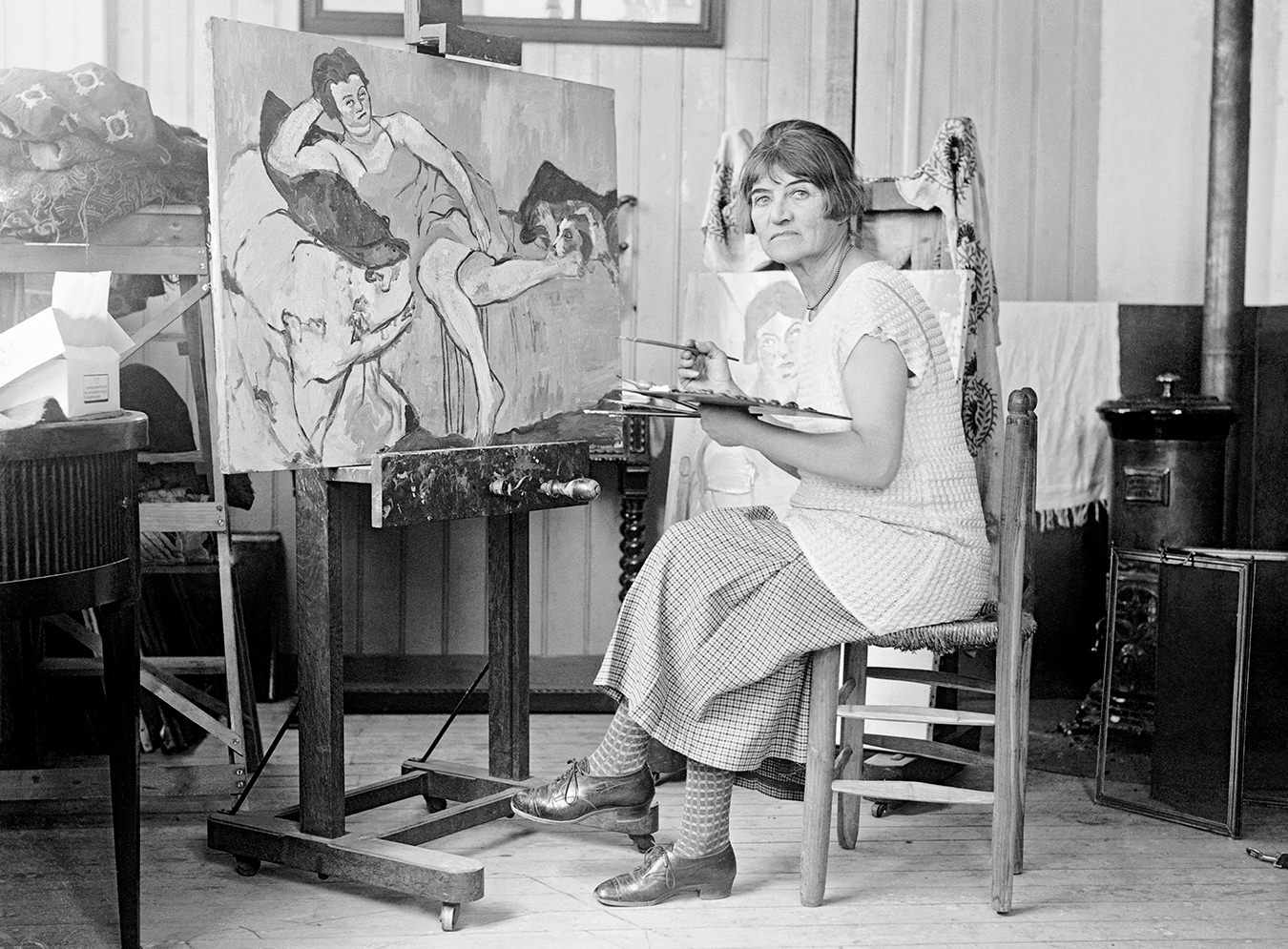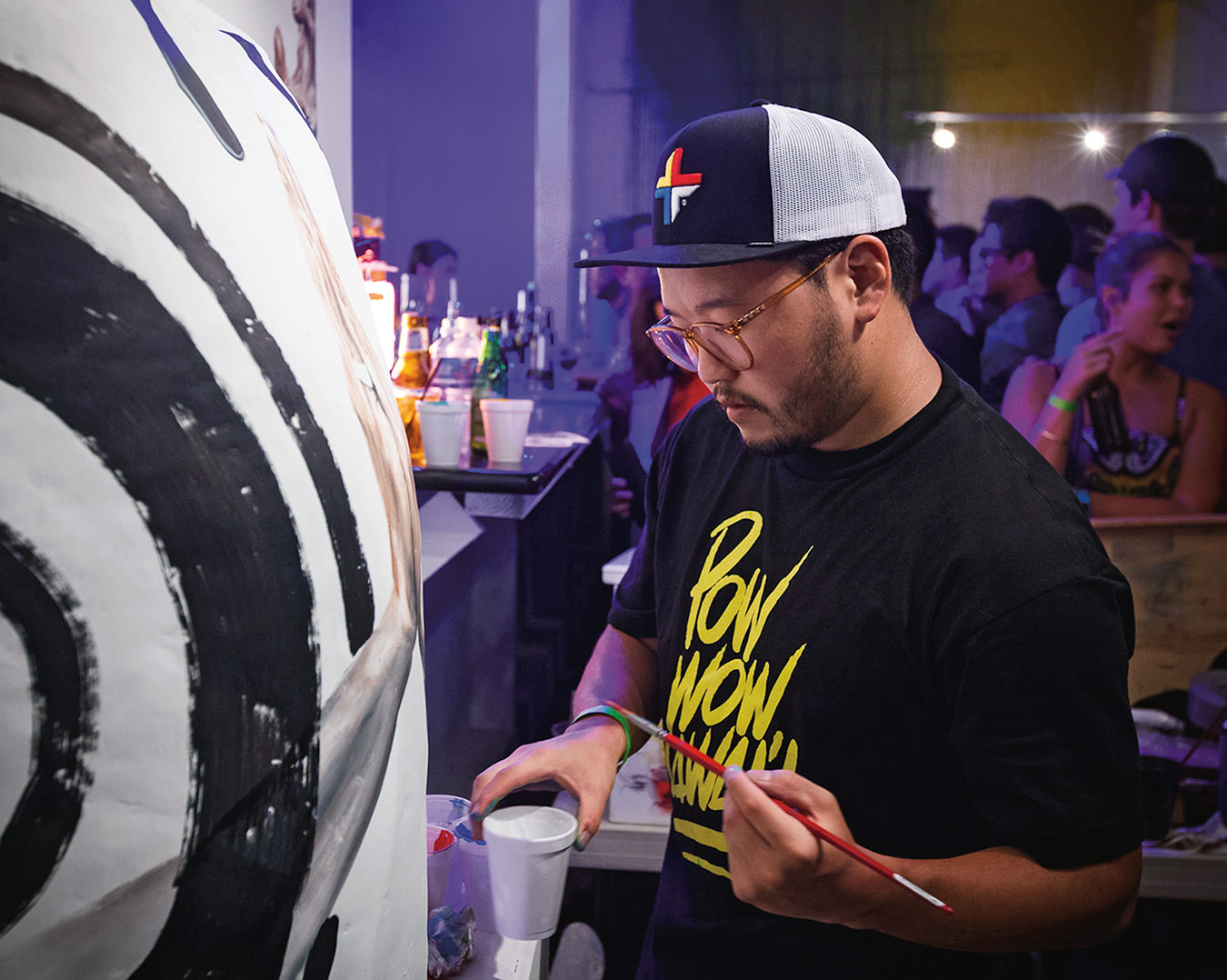-

Dryland Farming #7, Monegros County, Aragon, Spain, 2010, by Edward Burtynsky.
-

A Terrible Beauty: Edward Burtynsky installation view.
-

Dam #6, Three Gorges Dam Project, Yangtze River, China, 2005, by Edward Burtynsky.
-

Markarfljot River #1, Erosion Control, Iceland, 2012, by Edward Burtynsky.
-

A Terrible Beauty: Edward Burtynsky installation view.
-
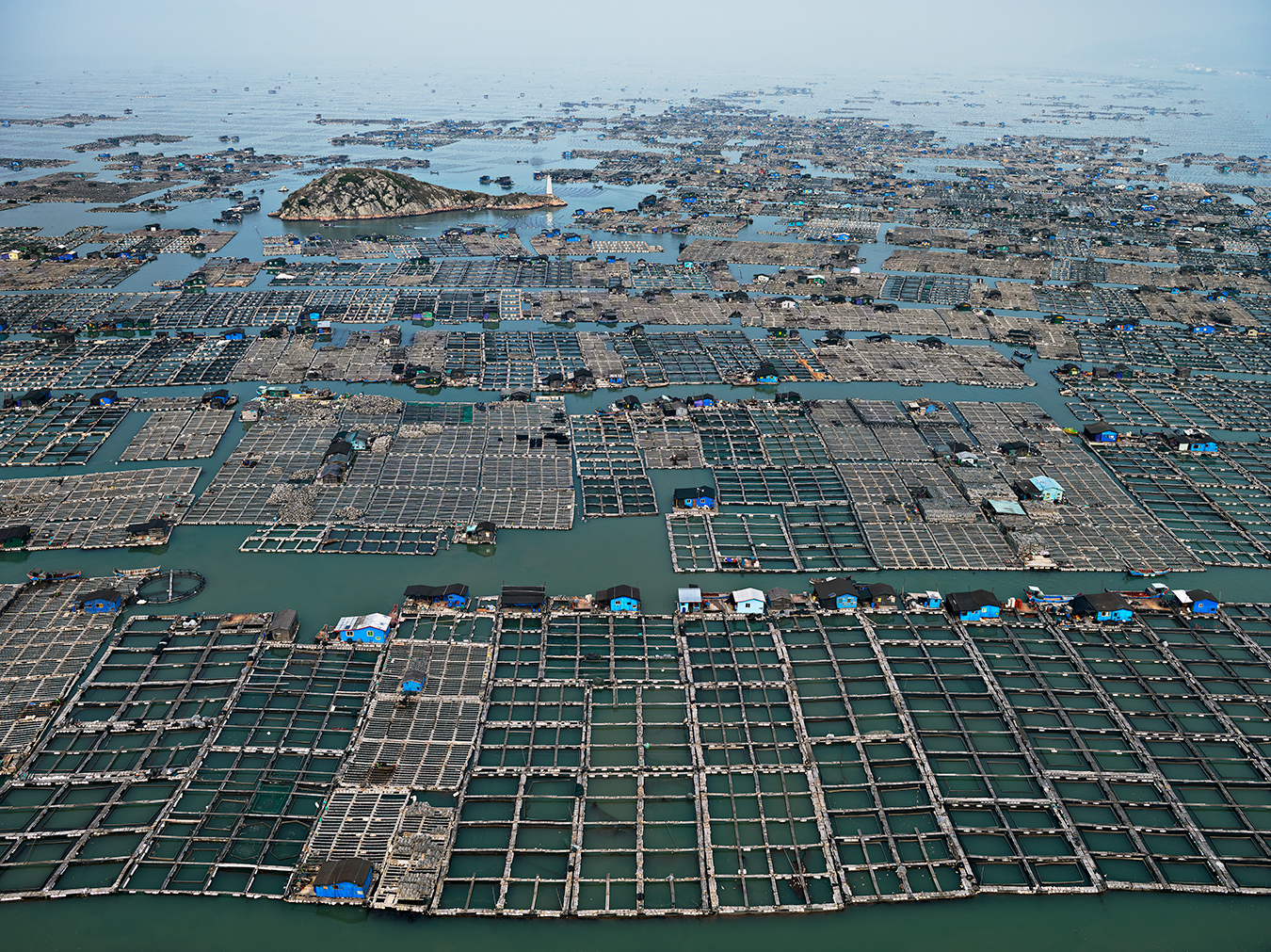
Marine Aquaculture #1, Luoyuan Bay, Fuijan Province, China, 2012, by Edward Burtynsky.
-
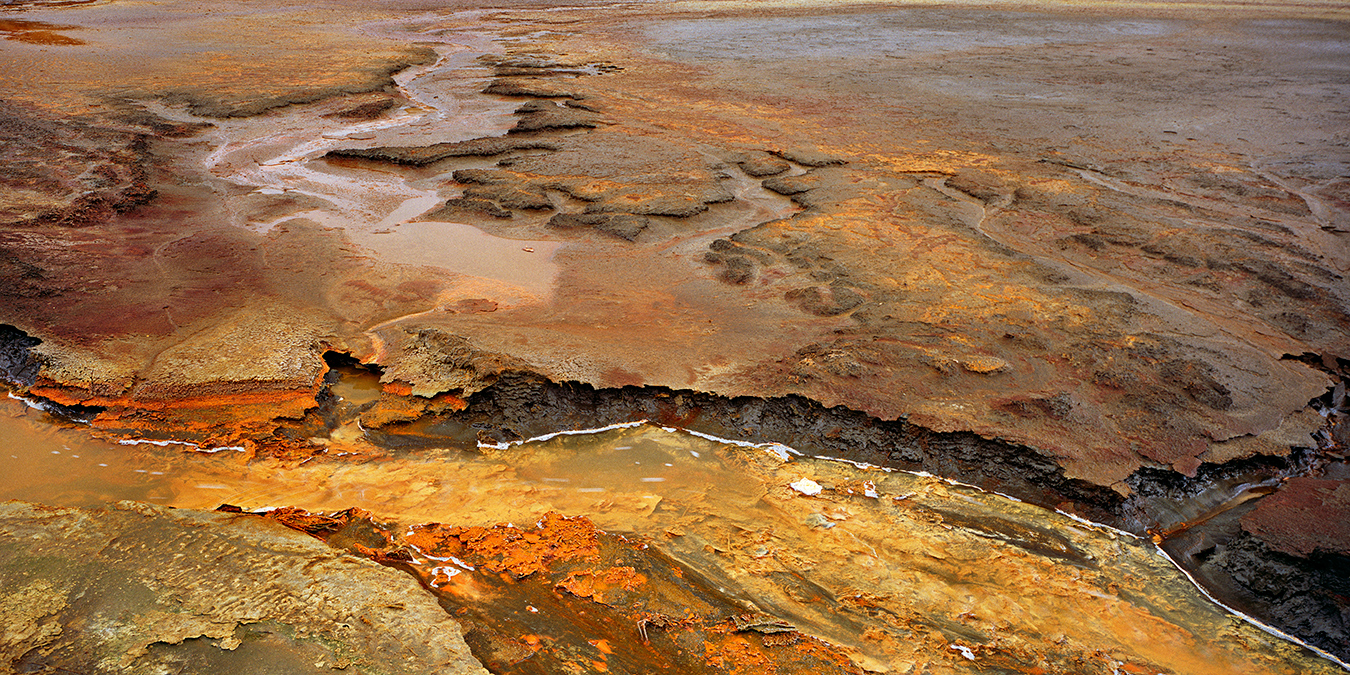
Nickel Tailings #6, Sudbury, Ontario, Canada, 1995, by Edward Burtynsky.
-
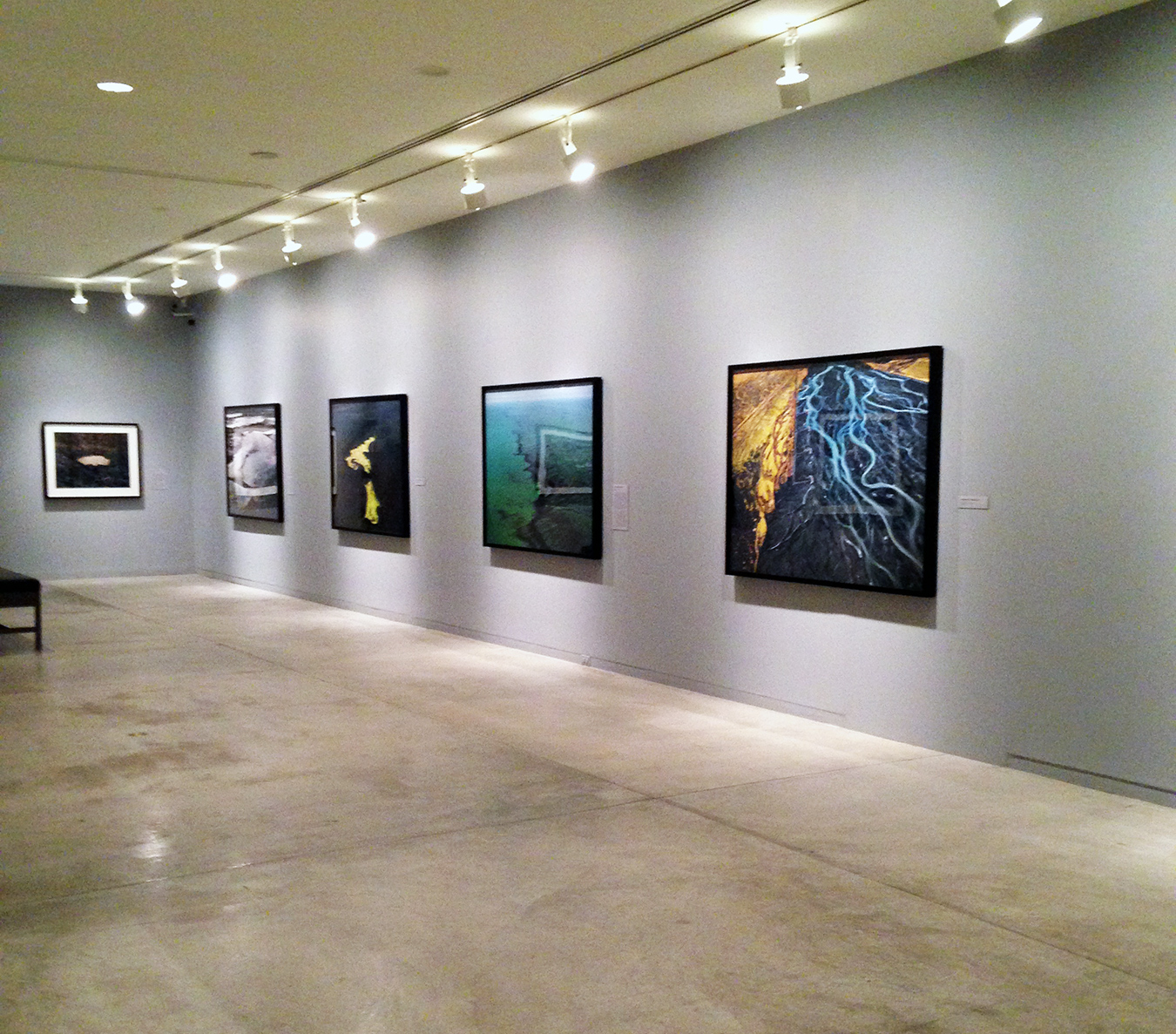
A Terrible Beauty: Edward Burtynsky installation view.
Landscape Language
Edward Burtynsky at the Vancouver Art Gallery.
Examining Edward Burtynsky’s work is an exercise in truth and consequence. Whether you find evidence of environmental disruption or are simply stunned by the scale and force of Burtynsky’s work, you will eventually land somewhere in the realm of the artist’s message: we were there. We interrupted. The aftereffects are inevitable.
The exhibition, A Terrible Beauty: Edward Burtynsky, at the Vancouver Art Gallery underscores his perspectives on the significance of the land we occupy and the repercussions of human use. The presented works—44 pieces from the gallery’s permanent collection and 34 new works donated by the artist—are a culmination of 30 years of engrossing environmental studies, shown in four themes: Inhabited, Extracted, Manufactured, and Abandoned. The exhibition is enveloping, large in scale, and finitely detailed; magnetic, but weighted.
As a preface to viewing the exhibit, Bruce Grenville, senior curator at the Vancouver Art Gallery notes, “An artist’s role in our culture is to speak of the things that they see.” And Burtynsky does. His key subjects continue to be landscape environments that are easily disregarded because of their seemingly mundane nature or because the subjects of deforestation, surface mining, and drilling are often tied to feelings of negativity. “My dealer in San Francisco was getting me an assistant and asked where I was going, and I said, ‘I’m going 75 miles out to shoot a tire pile,’” says Burtynsky. “He told me he couldn’t sell it. But I’m not thinking about him. I’m thinking about the next interesting idea. And of course, those tire piles, years later, became some of the most coveted images that I did.”
Burtynsky’s choice of subject matter has become his calling card, and his pieces continue to be in high demand. As Connie Hitzeroth Ohlman noted in NUVO’s winter 2004 issue, in the corporate collections of “the Philip Morris Corporation in New York, McMillan Binch and the Royal Bank of Canada in Toronto, the Microsoft Corporation in Redmond, Washington, Teleglobe Canada in Montreal, and several dozen others, you’re likely to spot an imposing Burtynsky photograph.”
The artist’s work is so coveted that it is often spoken for before production is complete, and his artistic process, he reveals, is often lengthy and layered. “It starts with the idea. For instance, when I was focusing on oil, it was this epiphany of realizing that everything you touch comes from this energy source, so that becomes the journey,” he says. “It’s about jostling yourself into a position where the form and the context are both equally powerful within the piece.”
From afar, Burtynsky’s photographs are engrossing and strong. At close proximity, they are brimming with detail—a testament to his investment in the subject matter and his skill in digital composition. While creating Marine Aquaculture #1, Luoyuan Bay, Fuijan Province, China, 2012, Burtynsky was unable to acquire a local airplane to shoot the scene. The only option presented to the artist was the use of a military chopper, the cost of which was approximately $20,000 per hour. Instead, Burtynsky fixed a 12-pound Hasselblad camera to a drone-like remote chopper and shot on the clearest of days (post-rainfall) to document the floating sphere of marine life farms below. The result is a picture of a distant water world, far enough to feel foreign, but close enough to be tangible to the viewer.
Burtynsky says he tries “not to give the heroic view, but more of a contemplative view … The visual language starts with painting. I found the camera after painting, but I fold it back into my work.” His aesthetic is also rooted in printmaking techniques: finding the right tonality, creating detailed composites, and avoiding focal points with the intent that the viewer should see the image as a whole instead of honing in on a specific element. “When I work digitally, every square inch is being contemplated. No one ever thought when I started doing mines and quarries that a subject like that could be an aesthetic.”
As for whether or not his intentions are rooted in environmentalism, Burtynsky is cautious with the label. “I think I’m concerned. I’m a concerned citizen. I haven’t taken courses. I’ve learned through paying attention, but I do care about it and I do engage myself in certain things in terms of trying to move us toward local sustainability.”
It’s clear that Burtynsky’s focus lies in the creation of a discourse. “I think what I’m doing is a good departure point for discussion. If I can be at that front end of materials to discuss in teaching and so forth, it’s a more subtle way to bring the message to the forefront. Just saying ‘we’re bad, look at what we’re doing’ doesn’t go that far.” In Burtynsky’s case, his work has a language of its own.
The exhibit A Terrible Beauty: Edward Burtynsky runs until May 26, 2014 at the Vancouver Art Gallery.
Photos: Collection of the Vancouver Art Gallery, Gift of the Artist, ©Edward Burtynsky, Courtesy Nicholas Metivier Gallery, Toronto/Paul Kuhn Gallery, Calgary.


